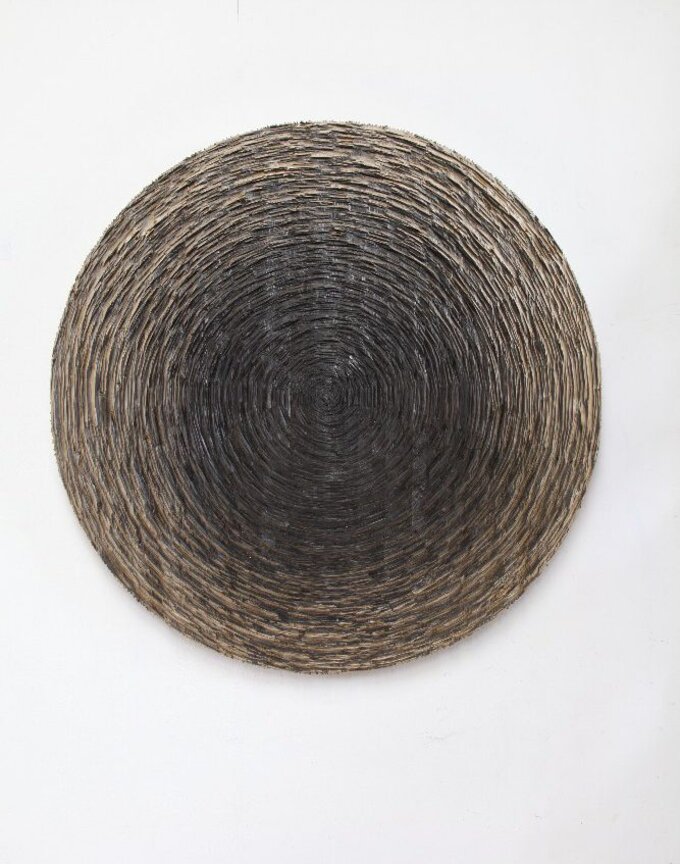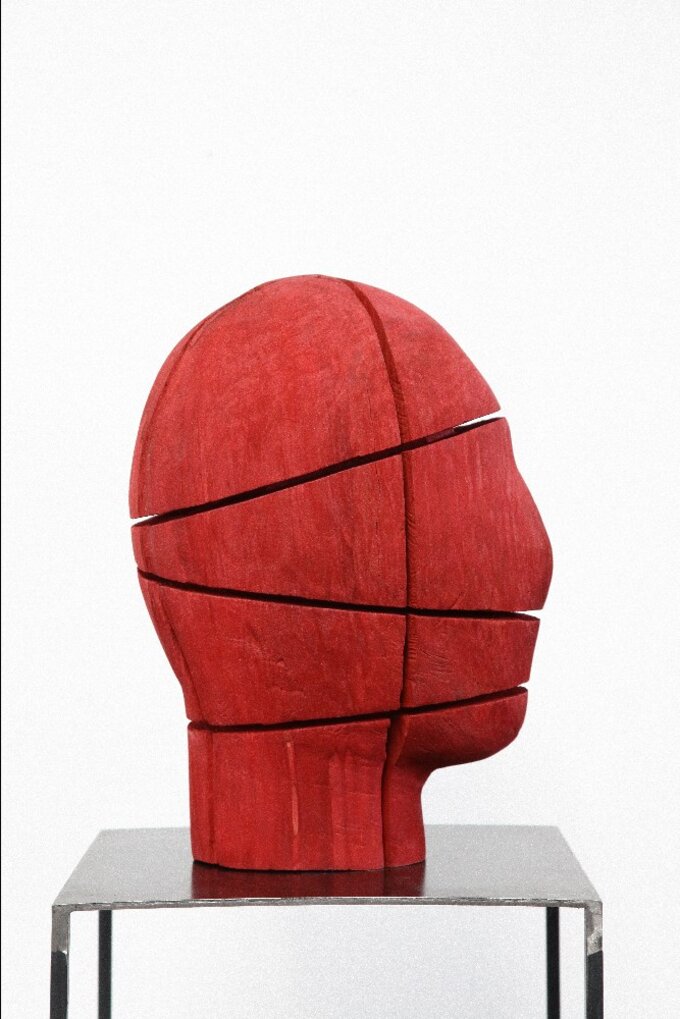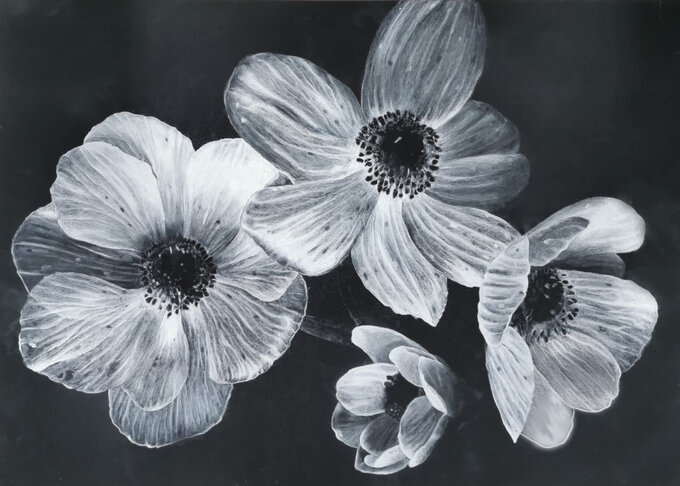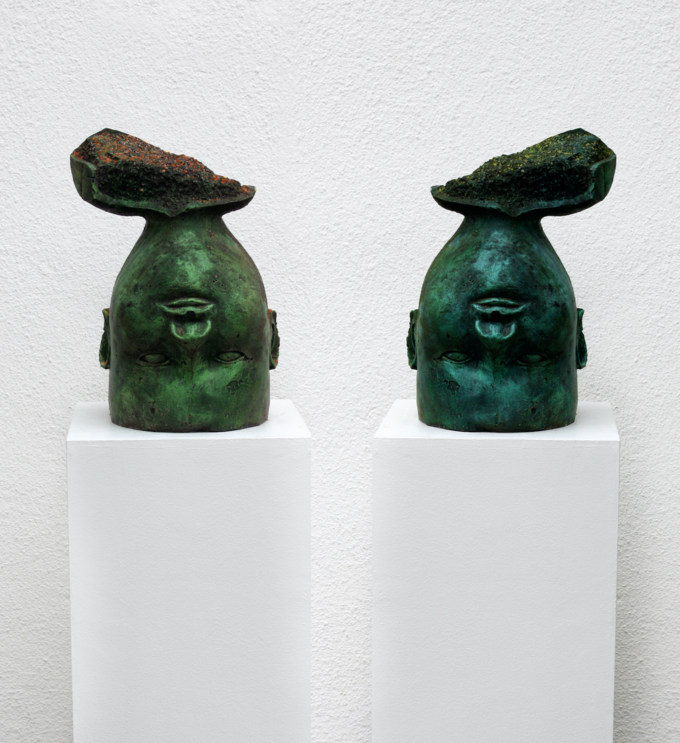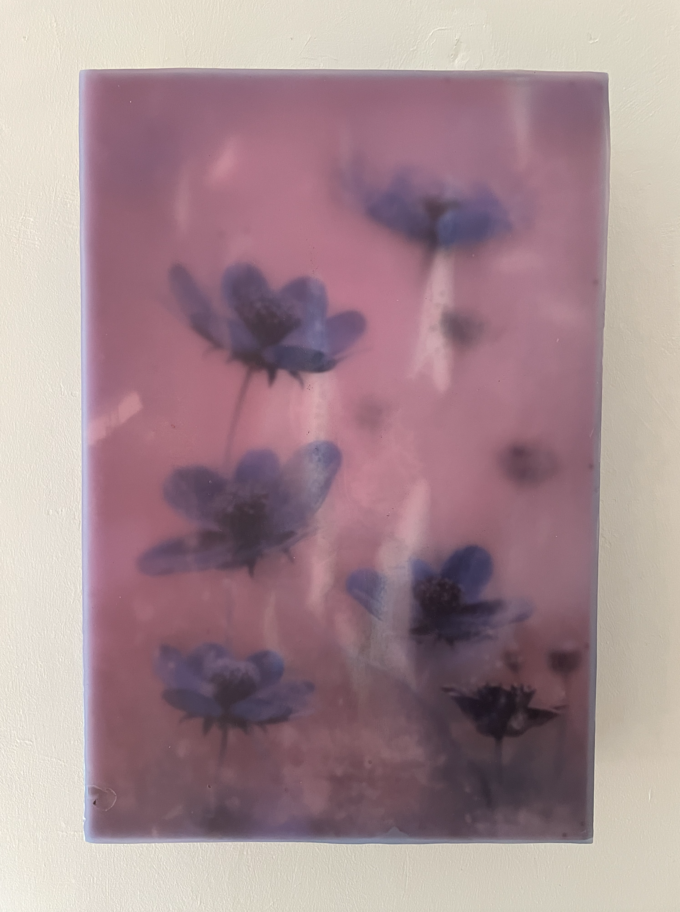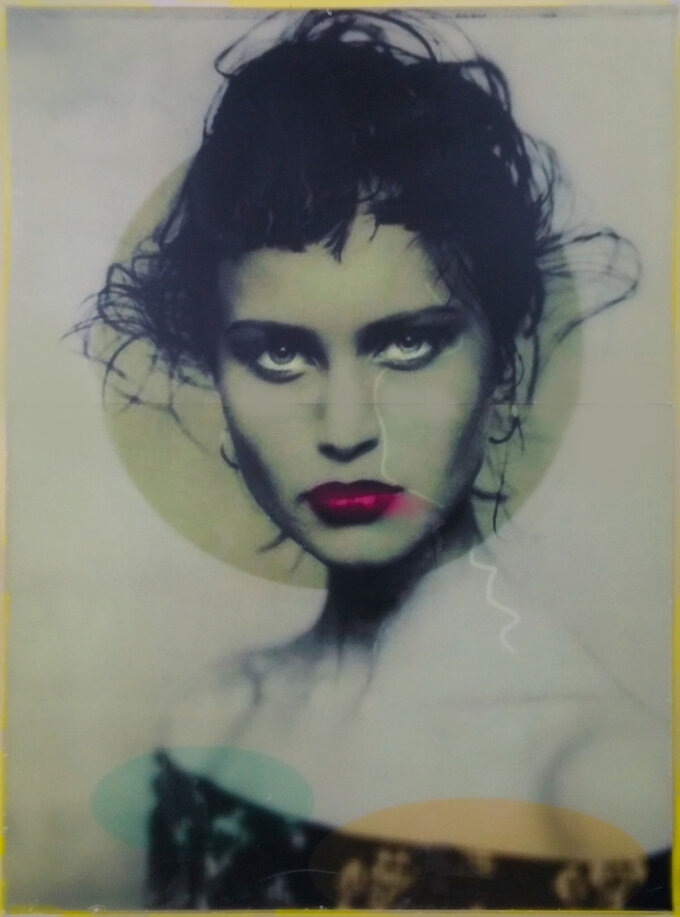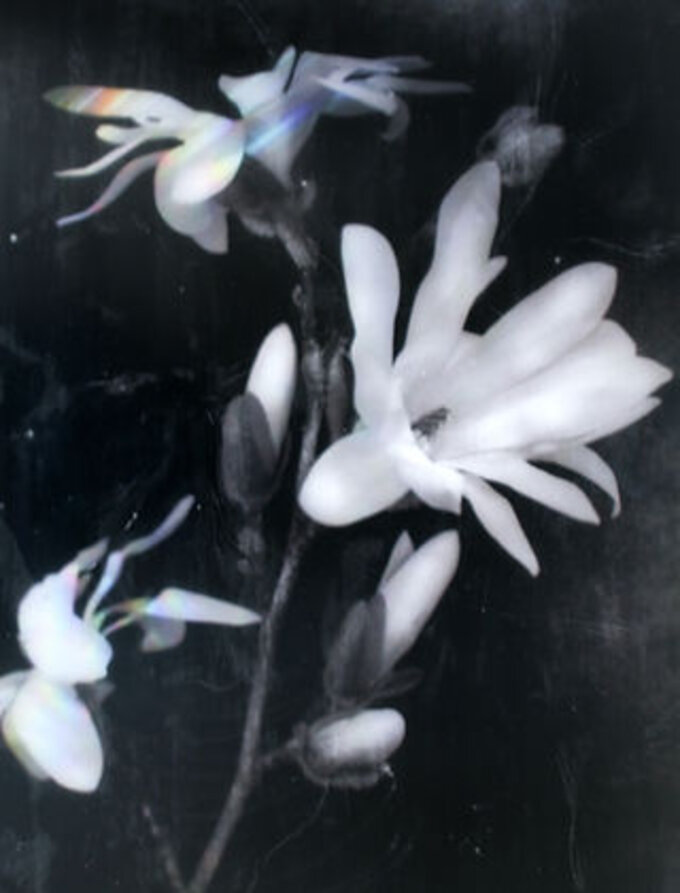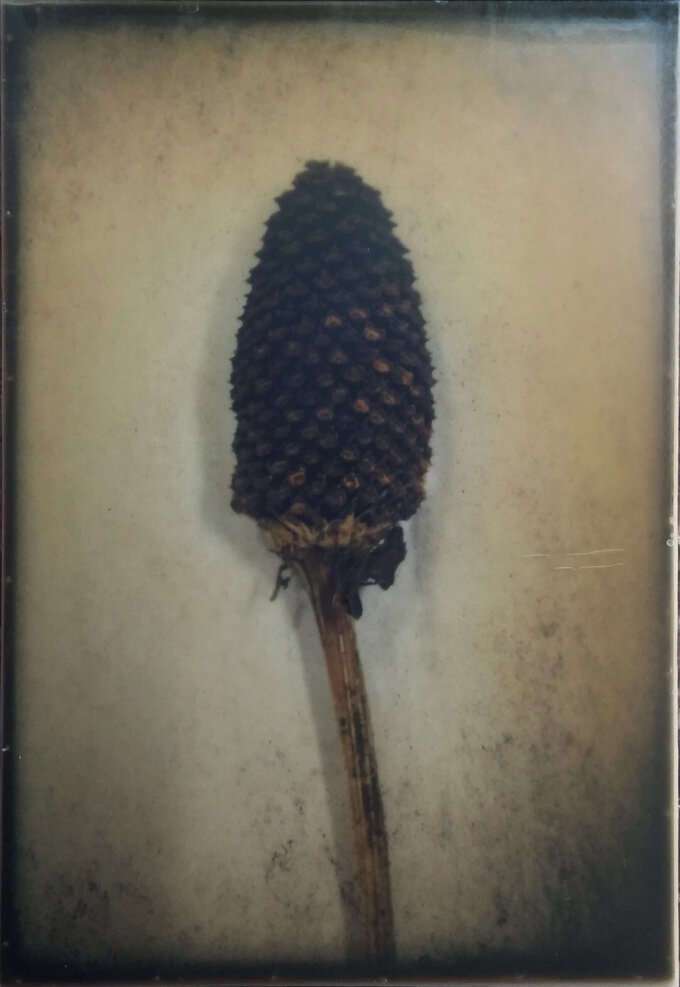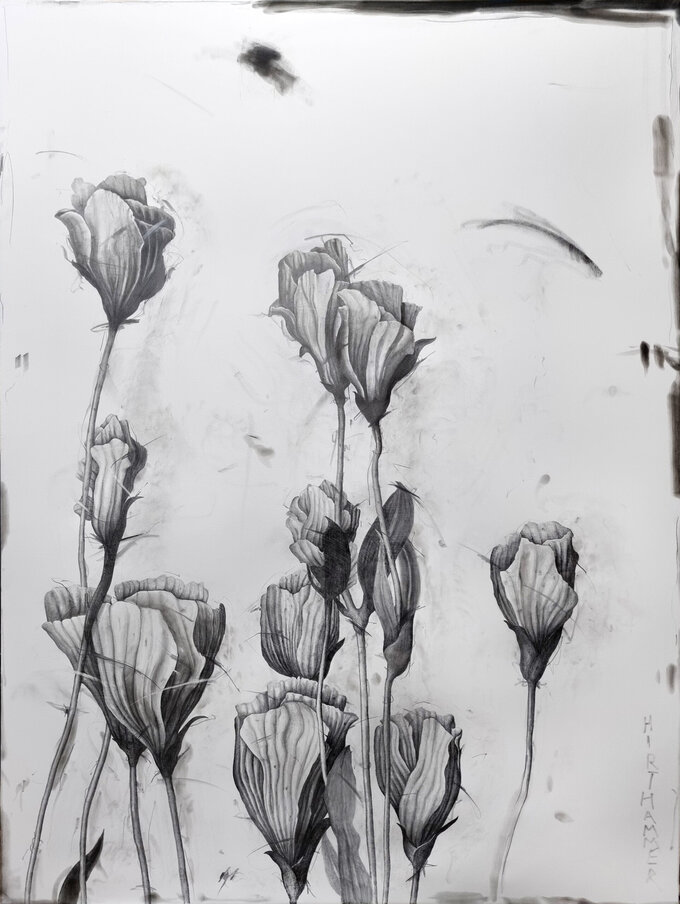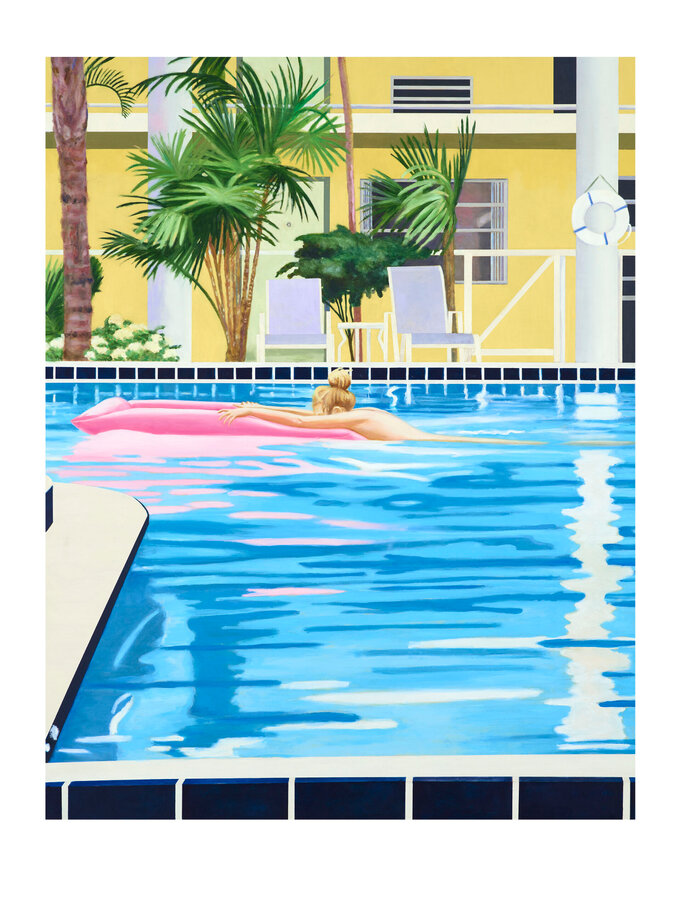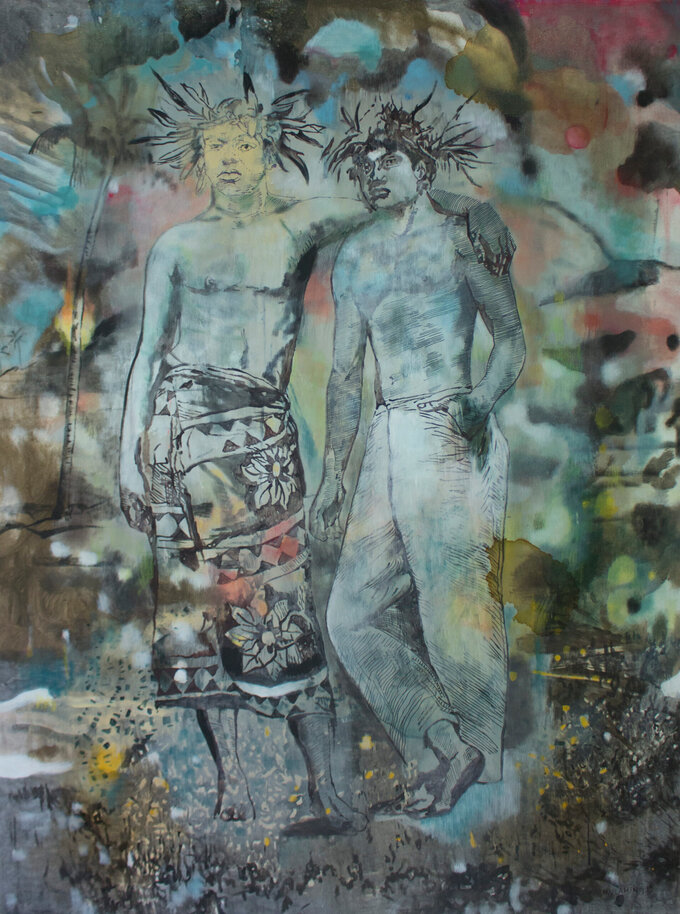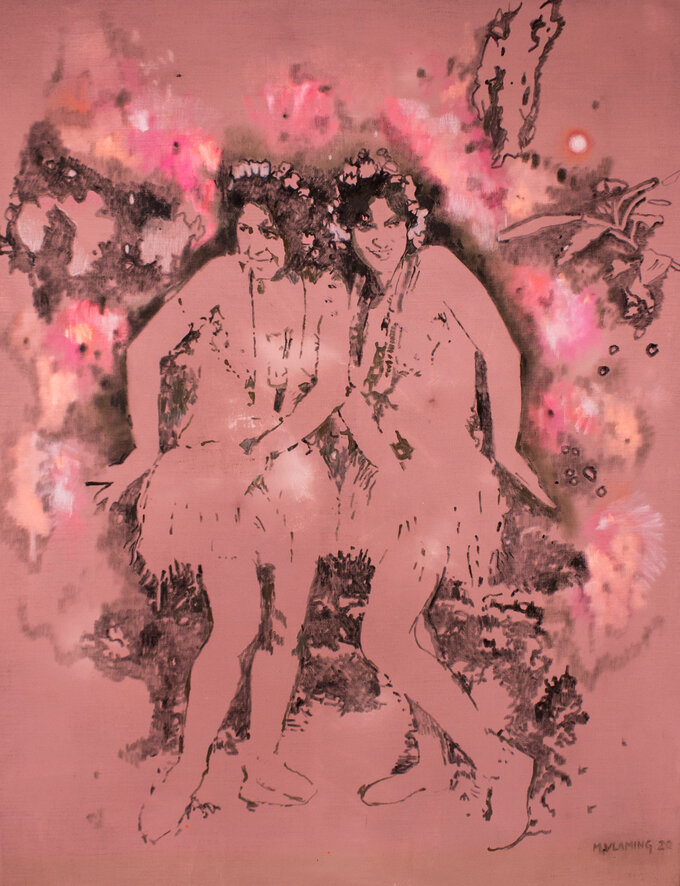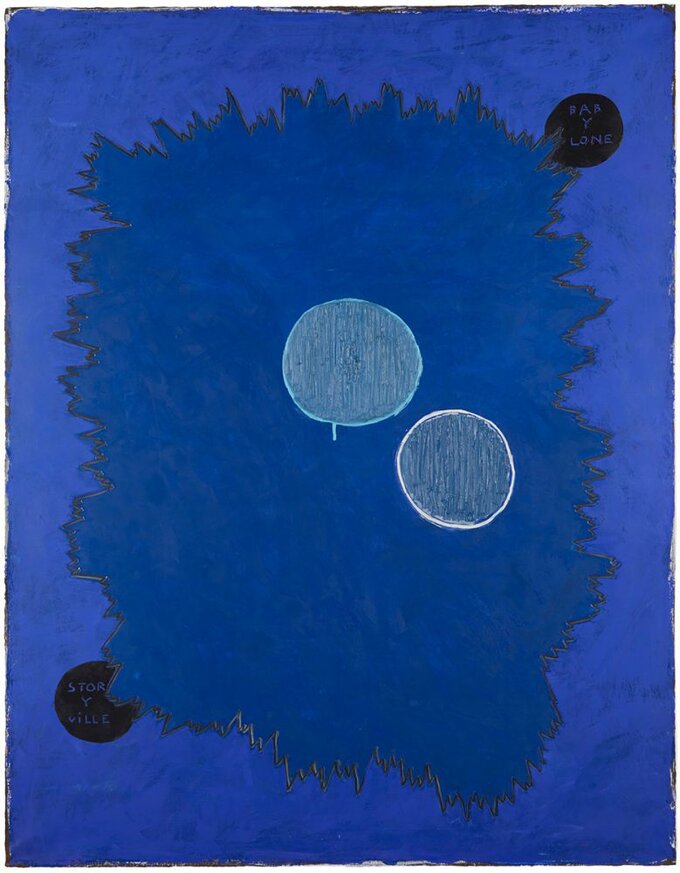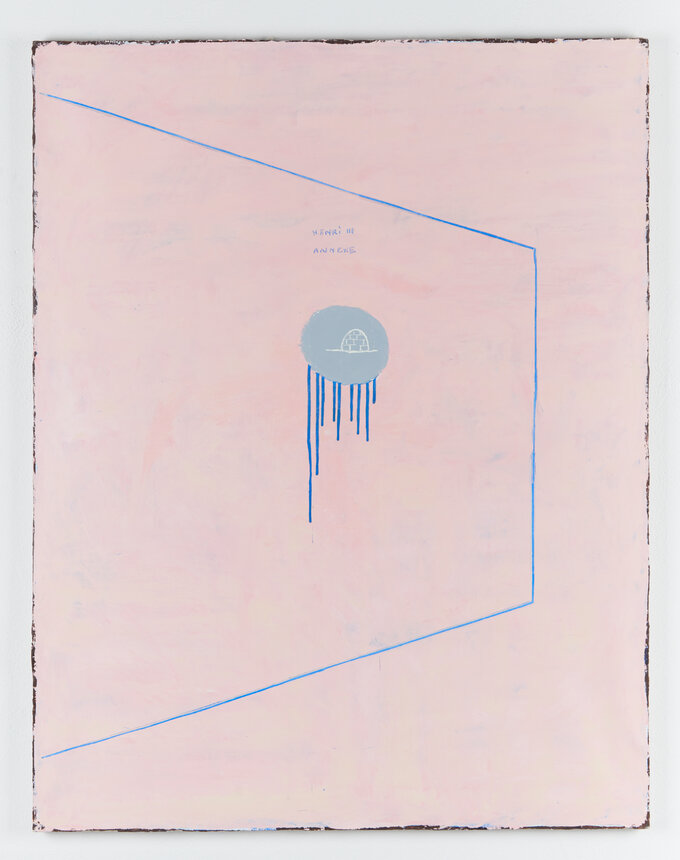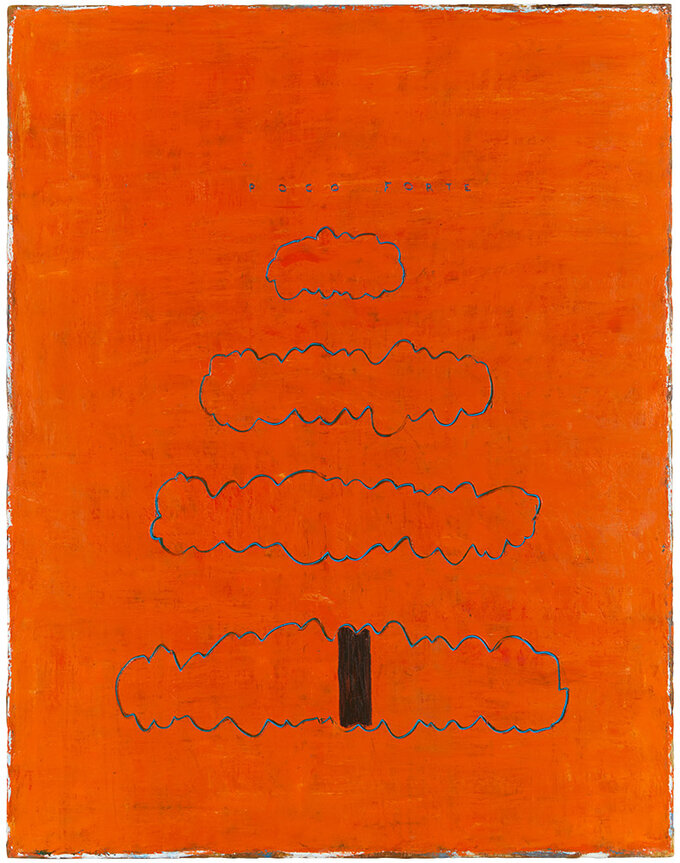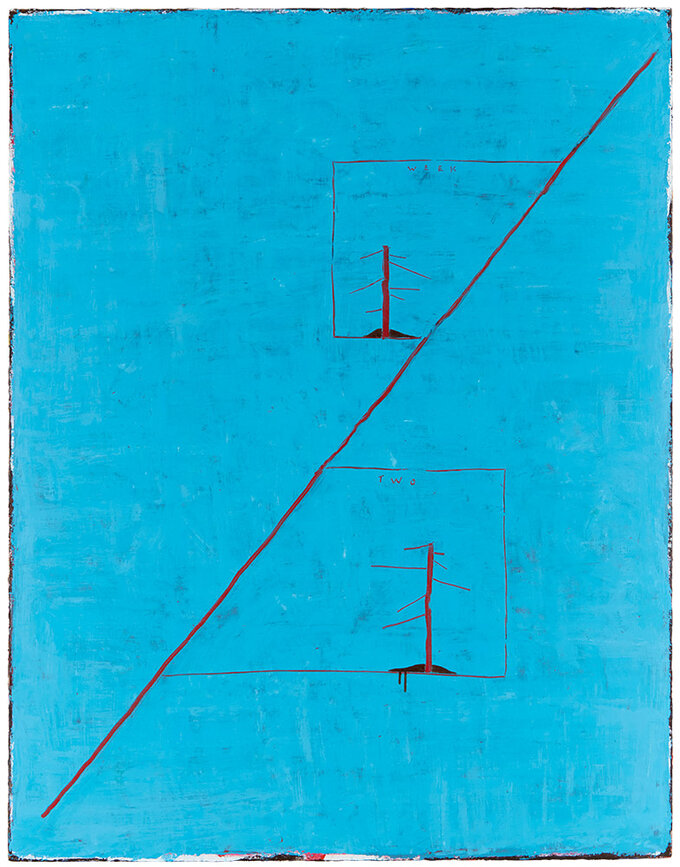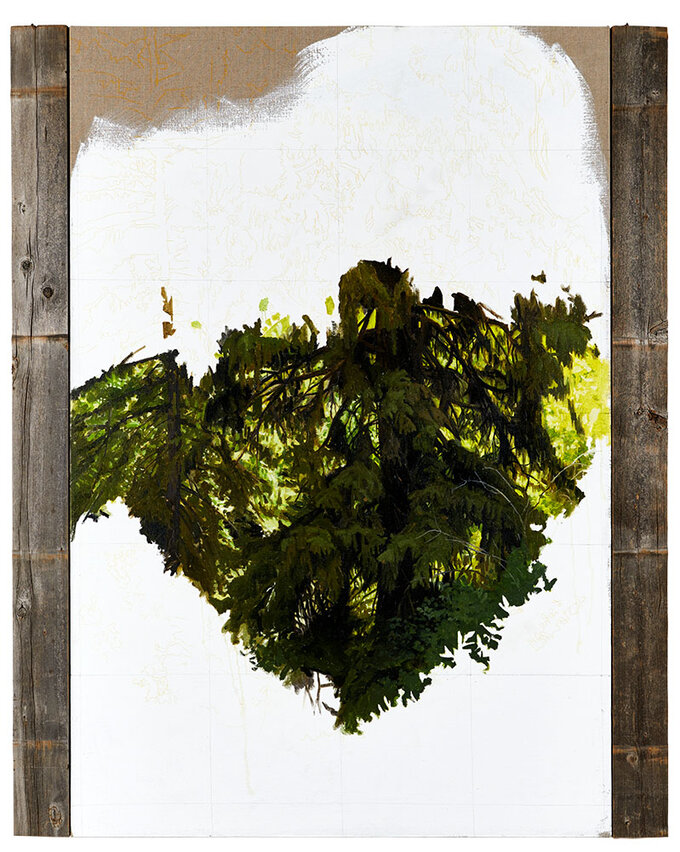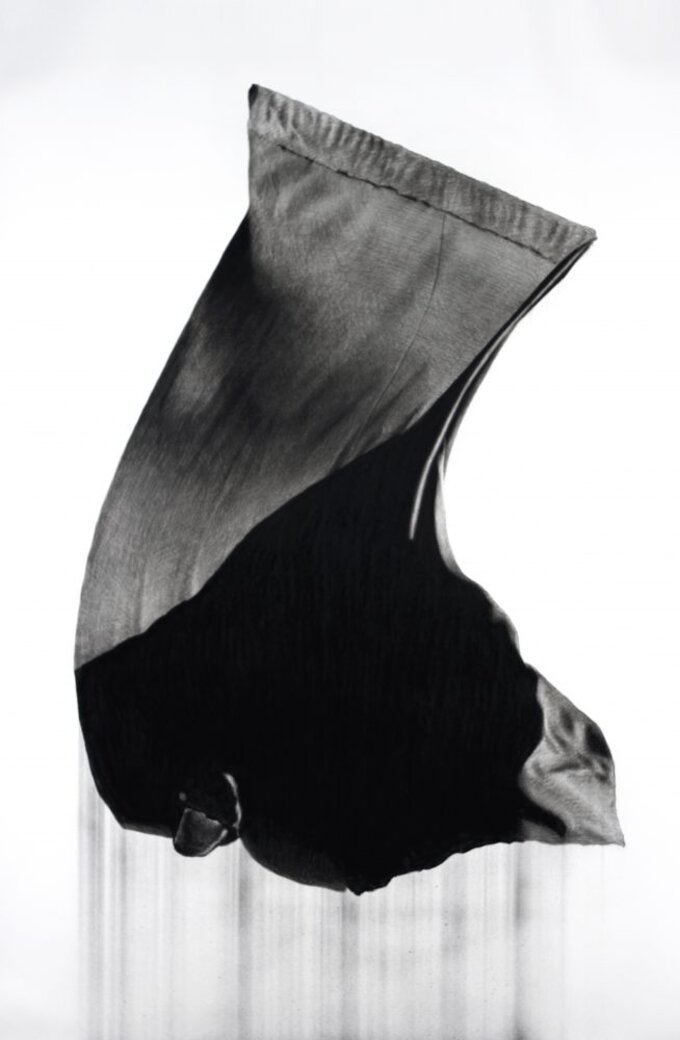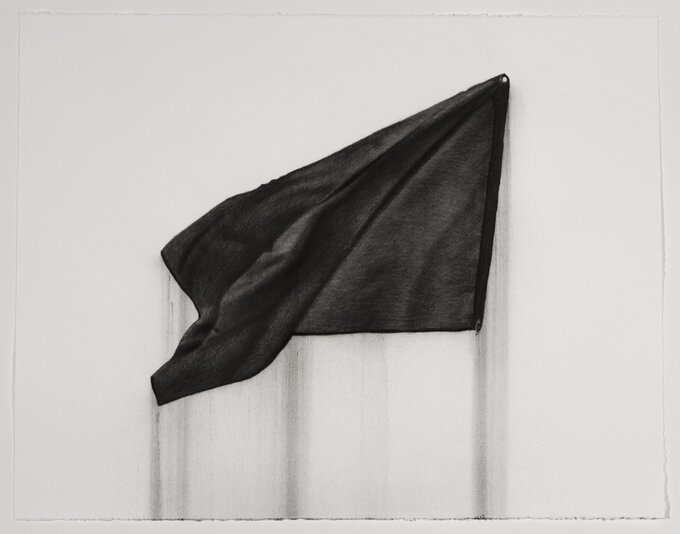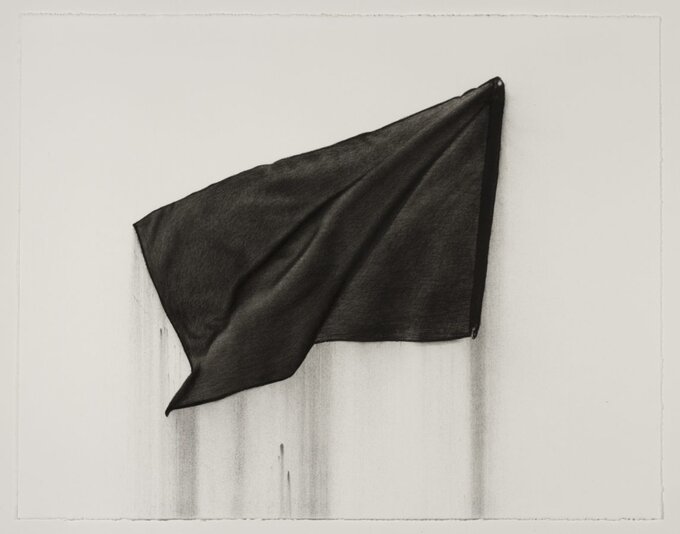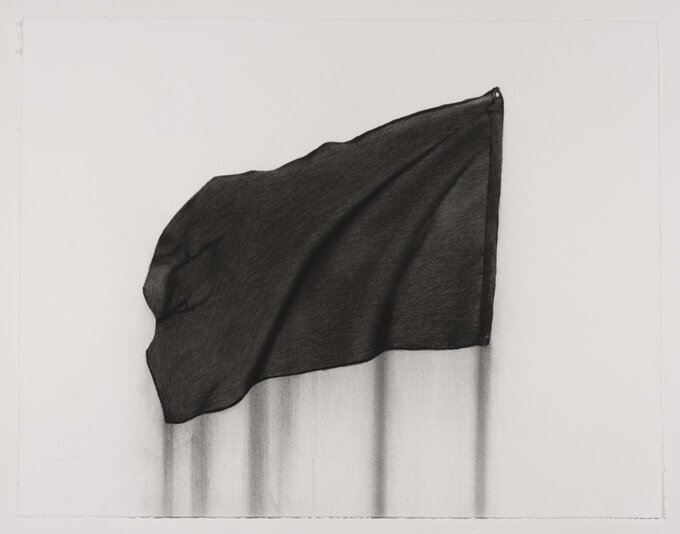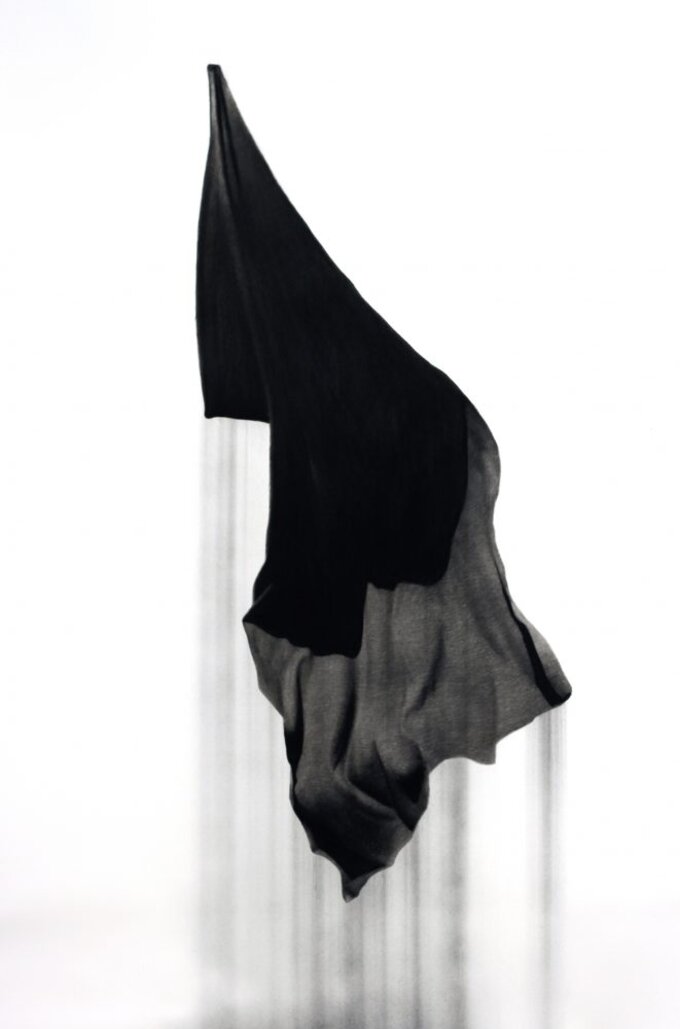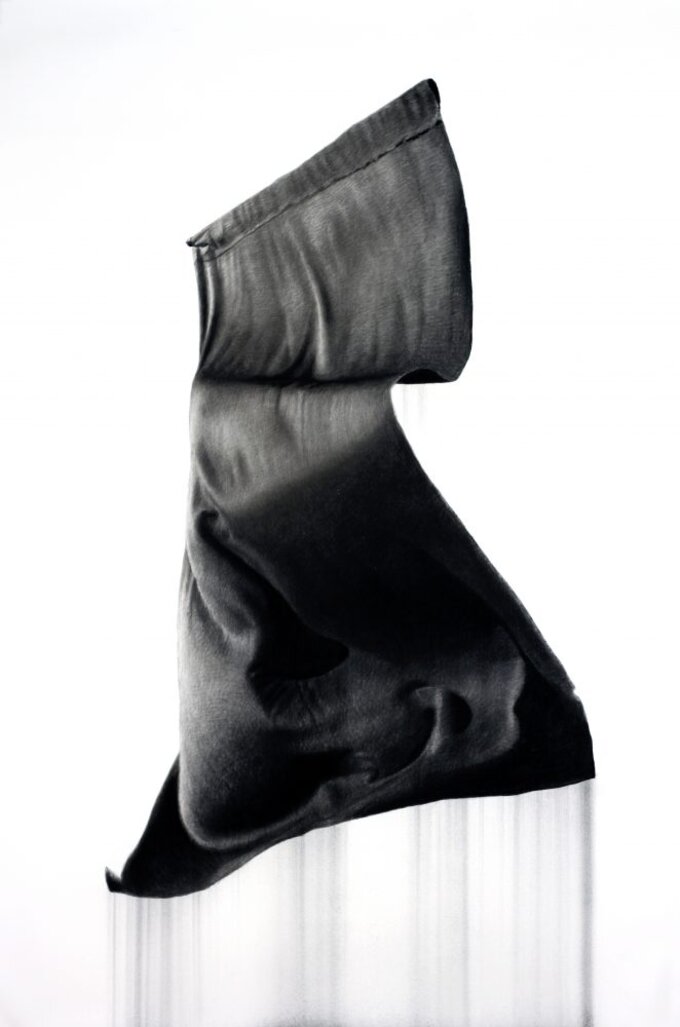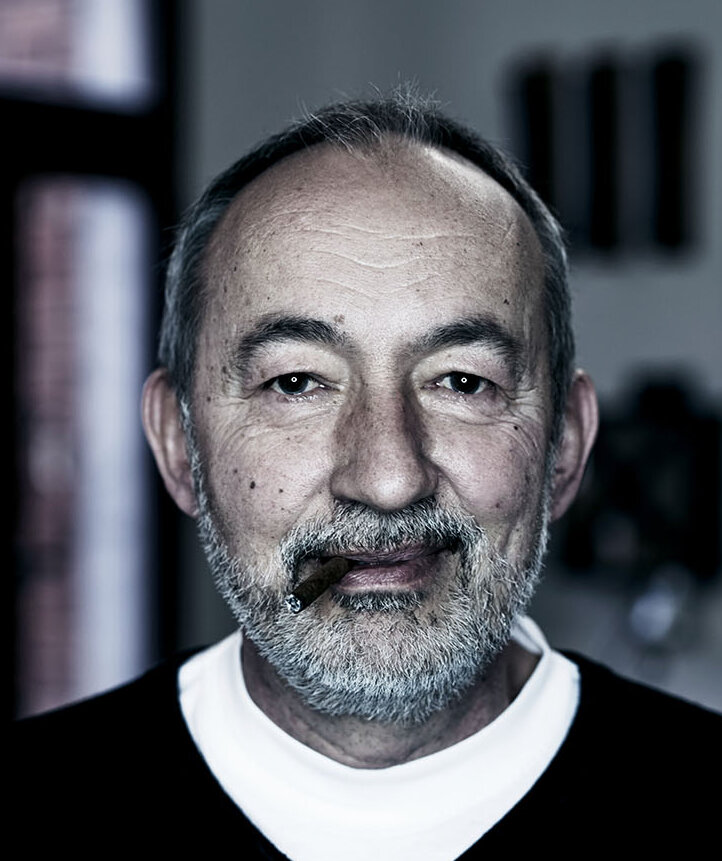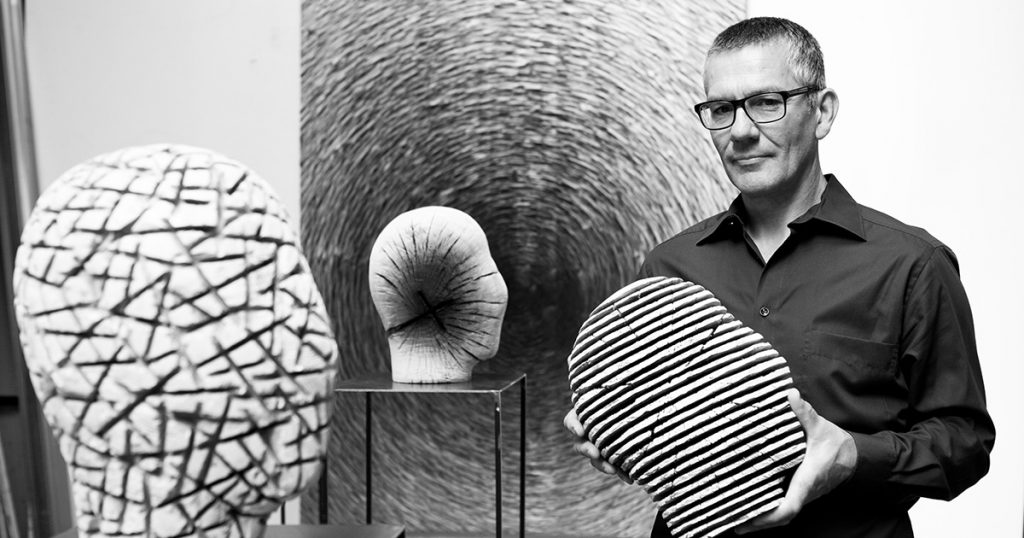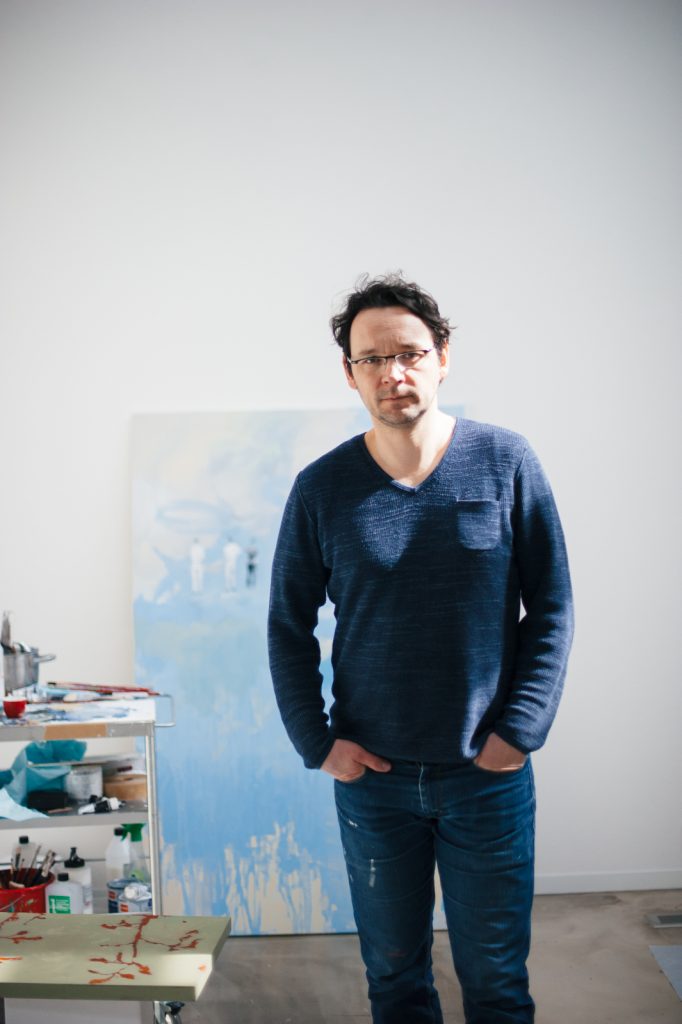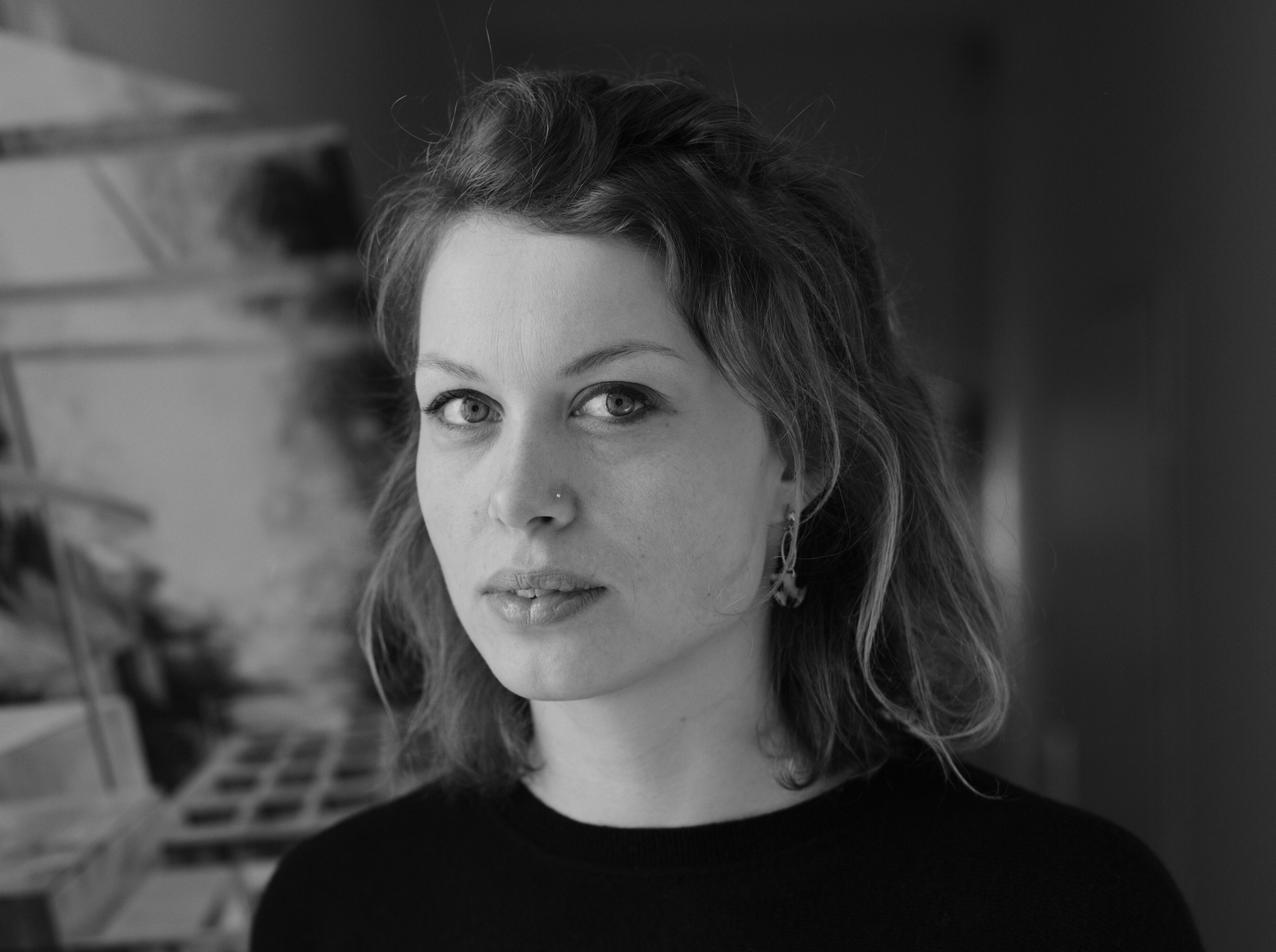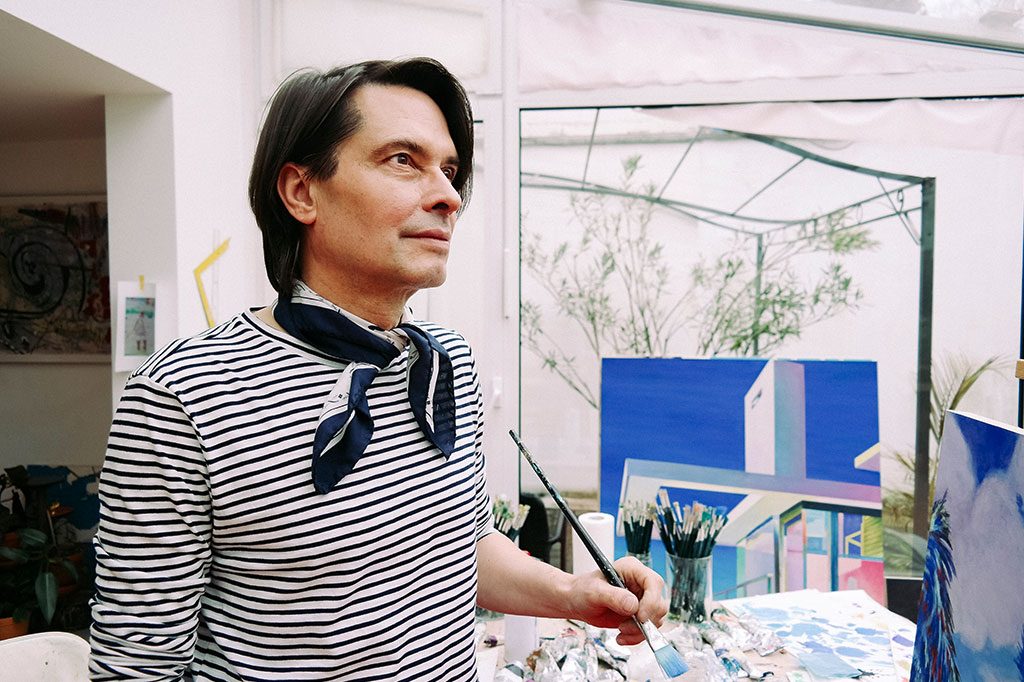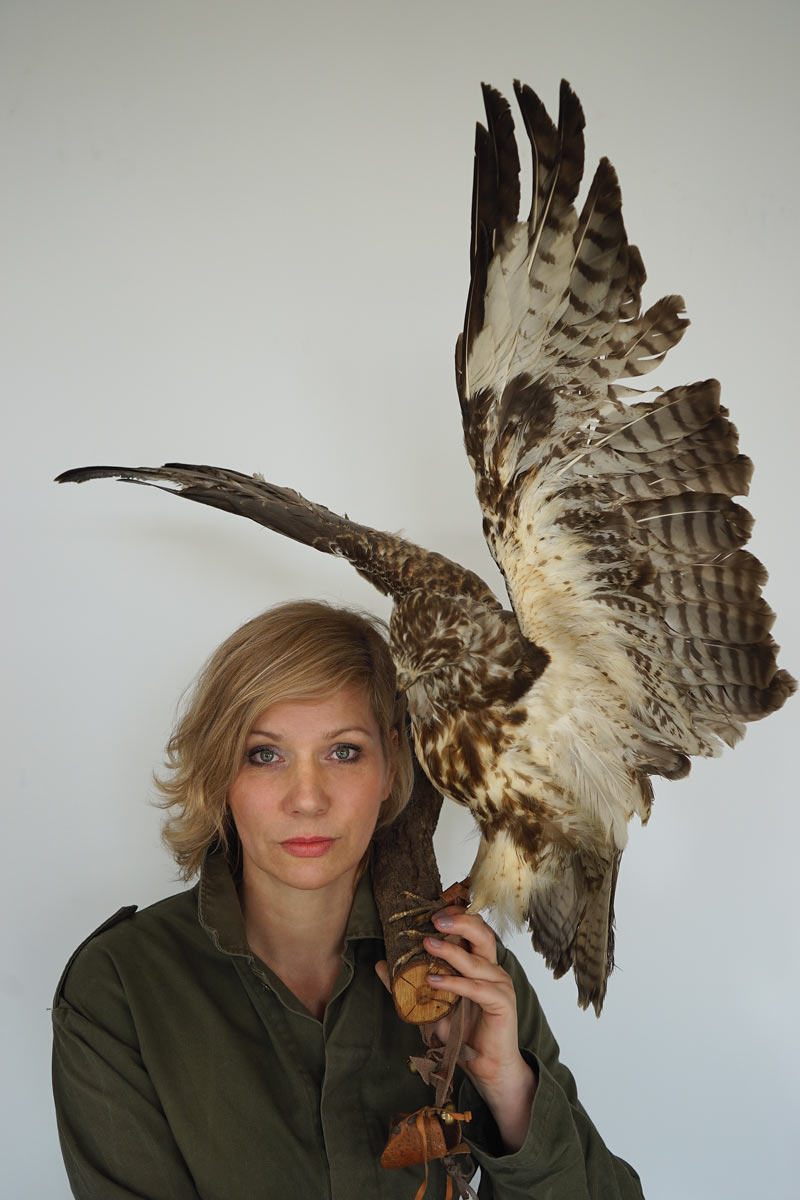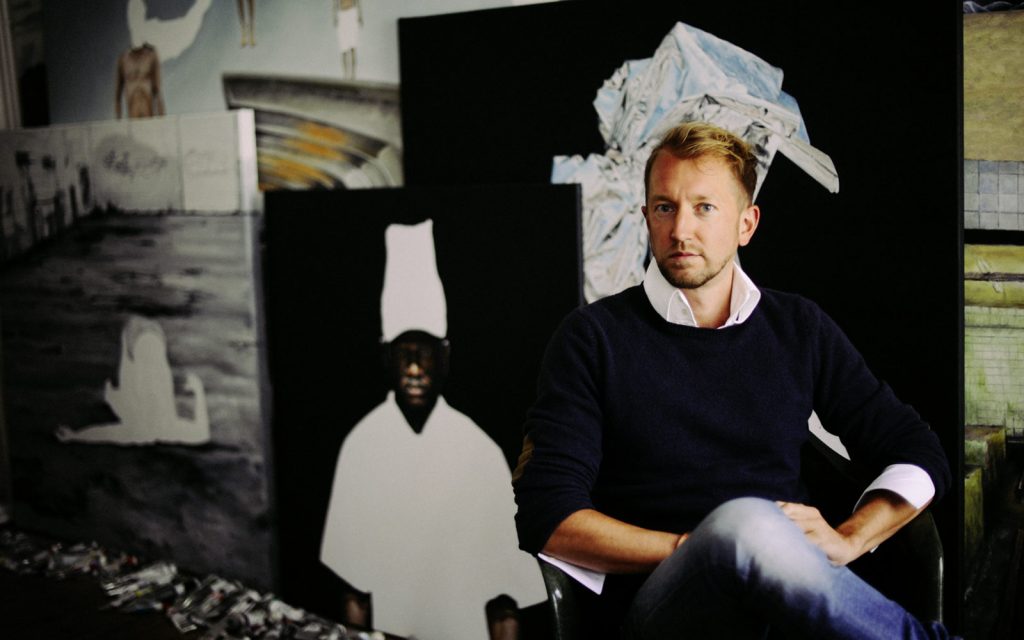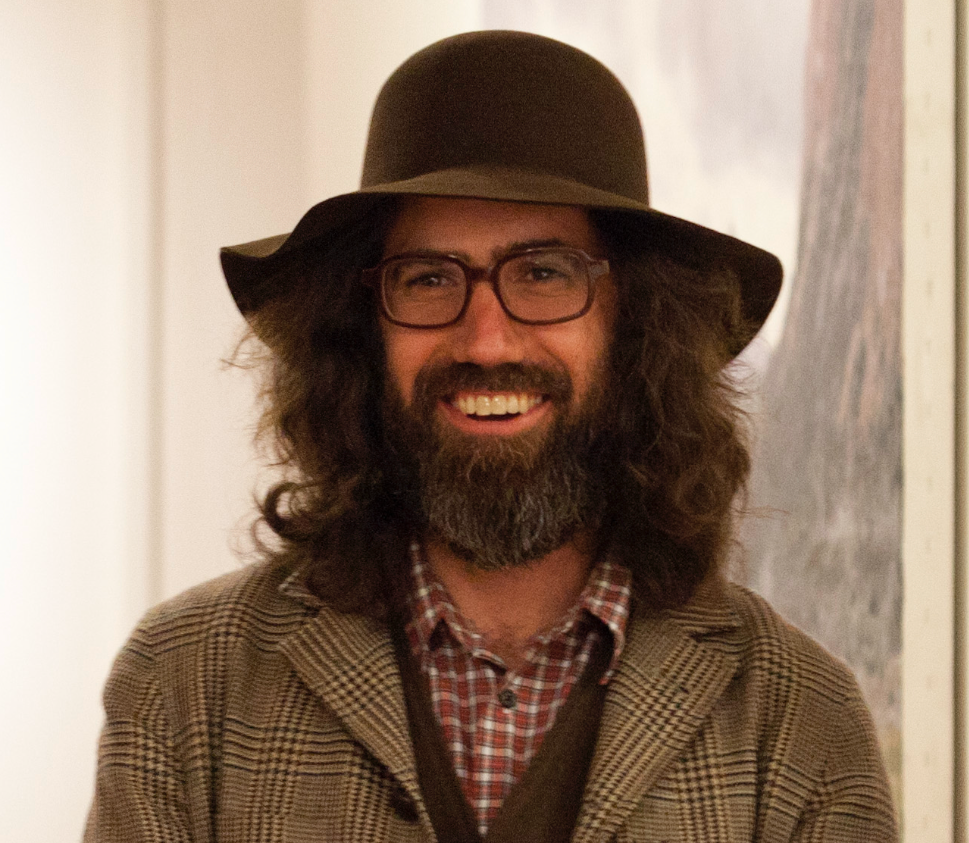The current group exhibition 'FOUR SEASON' maps the annual cycle in our four exhibition rooms, four thematic spatial units on spring, summer, autumn and winter have been created.
All NINE shown positions could not be more different, there are figurative representations, abstract works, colorful reduction and exuberant colorfulness, rather decorative, but also politically occupied image content. But it is precisely their juxtaposition that allows the clear signatures of the exhibited artists to emerge all the more clearly and give a comprehensive impression of the most diverse art movements.
The wooden reliefs and sculptures of Alfred Haberpointner, who is represented in important art collections, demand a close examination and exploration of the structured surfaces and the resulting plays of light and shadow. Therefore, his works in the exhibition represent winter.
The following room shows the transition to spring, which represents light and greenery. Here the works of Leszek Skurski are exhibited. Bright picture backgrounds and figures reduced to the essentials in gray and black, which clearly stand out from the background, vaguely suggest a plot. Light colors in green-pink-purple are found in the works of Dorothee Liebscher, which show almost surreal-looking spatial fantasies. Yet these are always devoid of people, the pictorial atmosphere moving in the field of tension between architecture and nature.
Intense colors and harmoniously coordinated color combinations define the next room. Olivier Aubry's art moves in the border area between painting and drawing, which he executes in an almost childlike, anti-perfectionist style. Combined here with a painting by Leif Trenkler. exhibited is a snapshot typical of the artist, painted on wood, whose central motif is the person standing on the terrace.
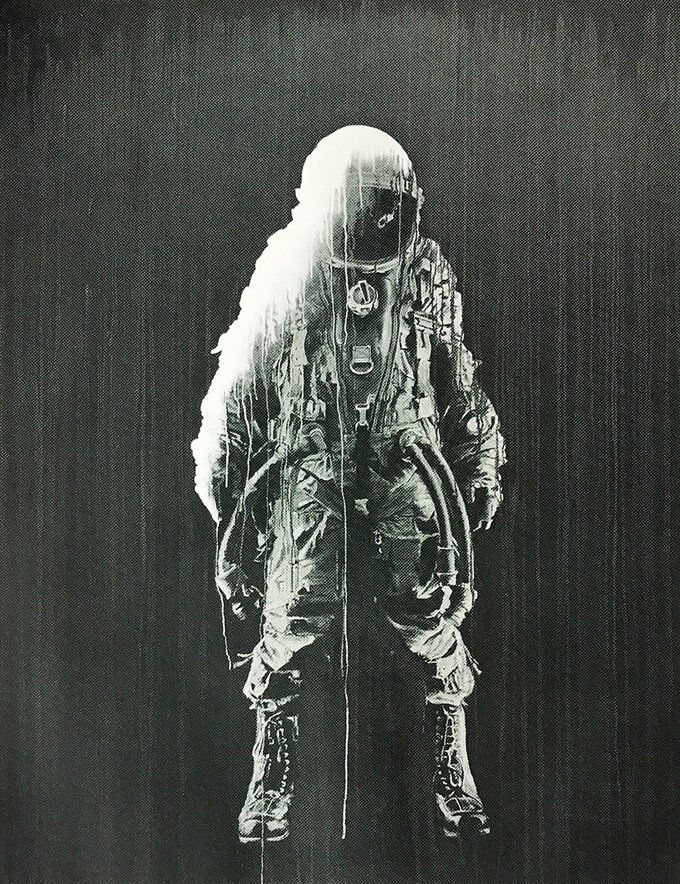
Constantin Schroeder
EDITION ‚ASTRONAUT‘
Edition of 46, 3-color hand screen printing on laid paper (Somerset Satin 300 g/m²)
112 x 76 cm
€ 800,00
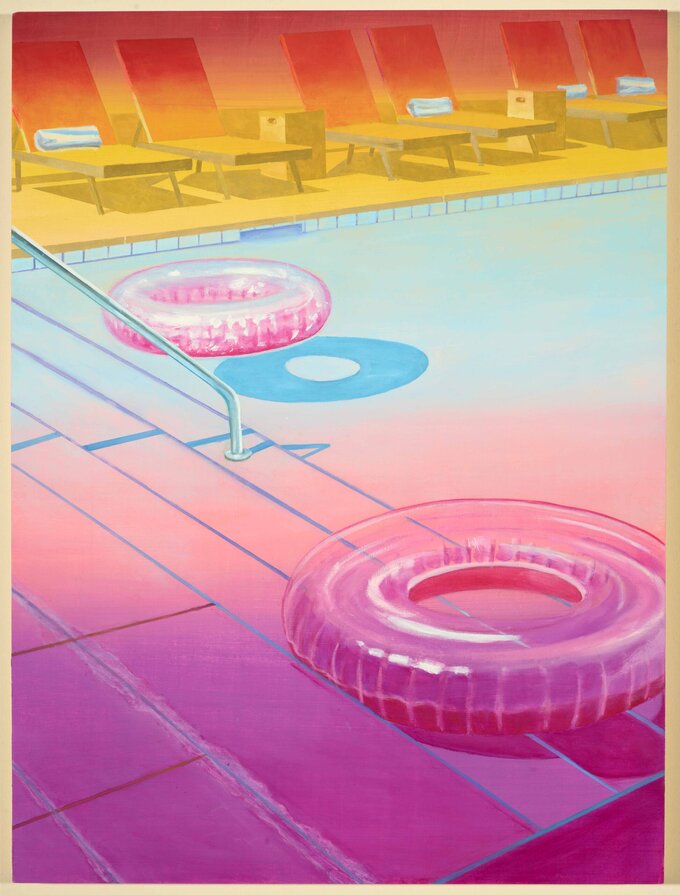
Leif Trenkler
HEAT (SILENCE)
Fine art print on Hahnemühle paper, edition of 49, hand signed
80 x 60 cm
€ 790,00
In the transition between summer and autumn, there is a large-format painting by Miriam Vlaming, whose mysterious pictorial world plays with ambiguous metaphors, as well as a painting by Josef Hirthammer, whose encaustic technique immerses the portrait as if in clouds of mist.
Finally, in the fourth room, the figurative paintings of Constantin Schroeder, whose extraordinary hyperrealistic handwriting illuminates the darker sides of life, as well as a work on paper by Paul Jacobsen, whose works function equally as provocation and memorial.
With its diverse artistic positions, the exhibition provides a cross-section of the art year, reviews the year that is coming to an end, and provides impulses for the new year.
Dr. Christiane Wolf Di Cecca

